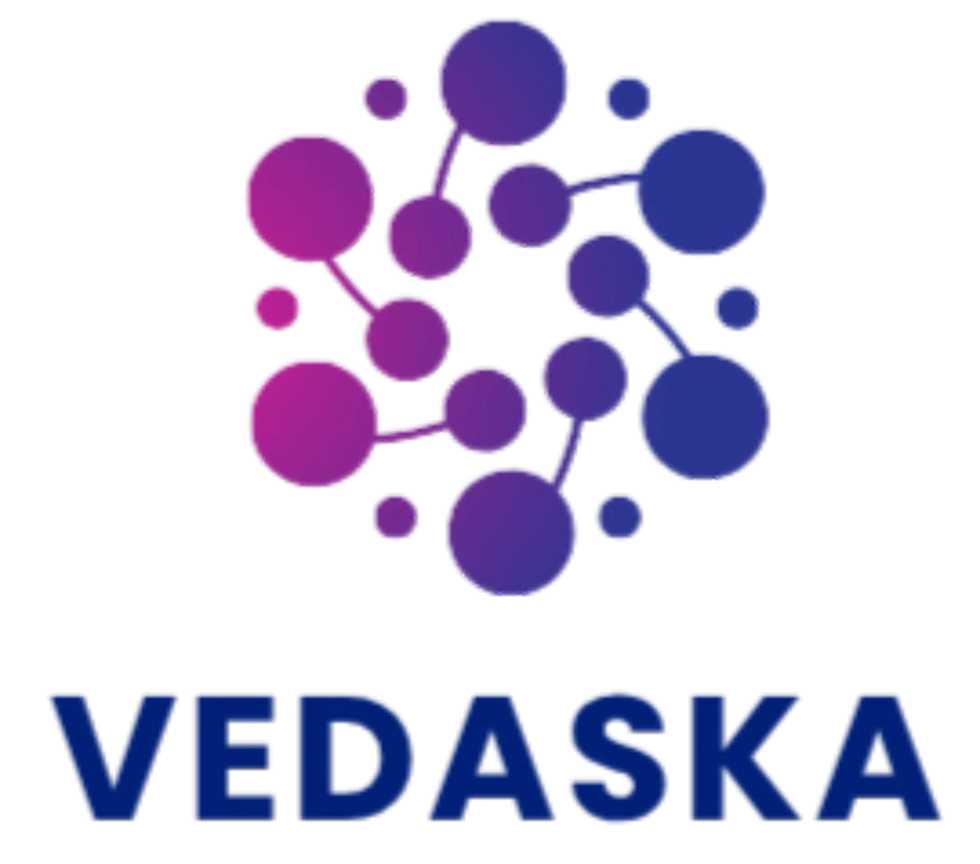The Case for Multilingual AI Infrastructure: Why India Needs Language Models That Think in 22 Tongues
- Skannd Tyagi
- Jun 4
- 4 min read
India’s next wave of digital inclusion—and its next trillion-rupee opportunity—will be won or lost on how well our AI systems speak Bharat.

India’s Linguistic Reality Meets a Digital Tipping Point
India recognises 22 official languages and at least 121 widely spoken tongues, each with its own script, grammar, and cultural nuance. Yet 80 % of online content that an Indian user encounters is still English-first. The mismatch limits access to e-governance portals, fintech apps, healthcare chatbots, and even basic customer support—unless citizens resort to a second language.
The government’s answer has been big, bold, and AI-powered:
Bhashini—the National Language Translation Mission—feeds open datasets and APIs to developers so every digital service can add “switch-to-my-language” buttons out-of-the-box.
BharatGen, launched this week, is a multimodal large language model (LLM) that natively handles text, speech, and images in all 22 Indian languages.
Sarvam-M and other sovereign LLMs from Indian startups are vying to match—and sometimes beat—global open-source models on Indic benchmarks.
The stakes are no longer academic. By 2027 India’s AI services market is projected to touch ₹1.4 lakh crore ($17 billion), with multilingual tech the fastest-growing slice.
Why Monolingual AI Is Expensive—and Often Unusable
A single-language chatbot solves only a sliver of India’s customer queries. Research shows multilingual automation can cut customer support costs by 30 % because one AI agent replaces parallel teams of English, Hindi, and Tamil reps. Case in point: Bengaluru startup Ringg AI handles voice support in 15+ Indian languages for banks and logistics firms, slashing IVR wait times and opening new regional markets overnight.
For the public sector, monolingual systems aren’t just costly; they’re non-compliant. States like Tripura have begun embedding Bhashini right inside their e-governance stack so every form, notification, or voice helpline defaults to the citizen’s mother tongue.
The 2025 Landscape: Who’s Building What
Technical Hurdles No One Should Underestimate
Data Scarcity & Quality
Hundreds of dialects lack digitised corpora. Synthetic data helps, but risks bias amplification.
Script Diversity & Code-Switching
Users often type Hindi in Latin script (“Hinglish”) or mix Marathi with English. Models must normalise this on-the-fly.
Compute Economics
Fine-tuning a 30-B parameter model across 22 languages can cost upwards of ₹3 crore in GPU hours alone—pricey unless shared via national compute clouds.
Evaluation Benchmarks
Standard GLUE or MMLU scores don’t reflect Indic complexity. New suites like MILU and IndicGLUE fill the gap but demand domain-specific test sets.
The Business ROI: Three Quick Wins
Blueprint for Enterprises: Building a Multilingual AI Stack in 2025
Start with a Sovereign-Safe Base Model
Plug into BharatGen or Sarvam-M for general reasoning, then fine-tune on your domain corpus using low-rank adaptation (LoRA) to keep GPU costs sane.
Layer Retrieval-Augmented Generation (RAG)
Store your policy documents and FAQs in a vector database; let the LLM cite authoritative snippets, reducing hallucinations in 22 languages simultaneously.
Deploy Edge Helpers
Use Microsoft’s Phi Silica or Qualcomm’s Oryon NPU in Copilot+ PCs for on-device inference when data localisation rules forbid cloud trips.
Continuous Evaluation
Adopt IndicGLUE + custom intent tests every sprint. Flag regressions quickly, especially in low-resource languages like Maithili or Bodo.
Governance & Ethics Layer
Map MeitY’s Responsible AI guidelines; log prompts and responses for audit across all language channels.
Future-Proofing: What to Watch Over the Next 12 Months
GPU Sovereignty – The IndiaAI Mission plans bulk GPU imports and indigenous accelerator fabs; both will crash training costs.
Speech-First Interfaces – Gemini 2.5’s native audio and BharatGen’s speech layer signal a move from text to voice as default UI.
Multimodal Localisation – Expect image-to-text and video subtitling that respect cultural tone, not just literal word swaps.
RegTech Integration – Anticipate mandates that any citizen-facing AI must support at least three regional languages by 2026.
Key Takeaways
Multilingual AI isn’t a nice-to-have; it’s the on-ramp to India’s next 500 million digital consumers.
Government open-source pushes such as BharatGen and Bhashini lower the barrier for startups and enterprises.
The real challenge now is execution—curating clean regional data and baking continuous evaluation into the MLOps loop.
Early movers are already seeing 30 % cost reductions and double-digit revenue lifts. The window for differentiation is 12–18 months, not years.
Ready to build in 22 languages?
Vedaska’s AI architects can help you design, fine-tune, and deploy a sovereign-safe multilingual stack—so your next product launch speaks Bharat fluently from day one.
Have a deep-dive question or need a technical checklist? Drop it in the comments, and we’ll tackle it in our next Insight Hub article

Comments